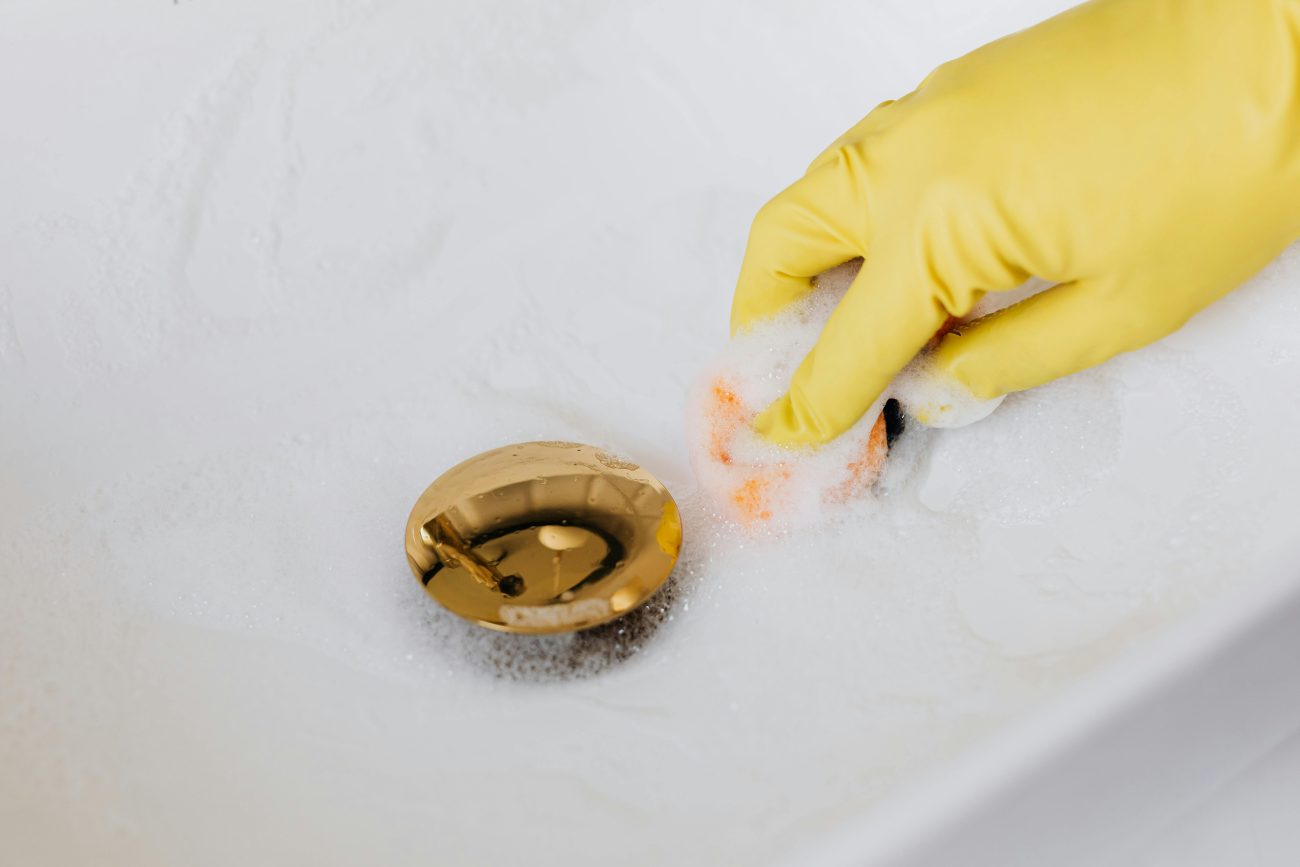Introduction
A slow-draining or fully clogged sink is a household headache. While chemical drain cleaners promise fast results, they can corrode pipes, harm the environment, and pose health risks. Fortunately, you can unclog a sink without chemicals using simple tools and natural solutions. This 2025 eco-friendly guide walks you through proven methods that are safe, affordable, and effective for kitchen and bathroom sinks alike.
Common Causes of Sink Clogs
- Grease and food debris (kitchen sinks)
- Hair and soap scum (bathroom sinks)
- Foreign objects like rings, toys, or floss
- Hard water scale and mineral buildup
Identifying the cause can help you choose the right unclogging method.
Tools & Supplies You May Need
- Plunger (cup-style for sinks)
- Baking soda
- White vinegar
- Boiling water
- Drain snake or hair remover tool
- Bucket and old towels
- Pipe wrench (optional)
Method 1: Boiling Water Flush
- Boil a large pot (1-2 liters) of water.
- Slowly pour it down the clogged drain in stages.
- Wait 10 minutes and test drainage.
Best for grease and soap clogs. Avoid if you have PVC pipes—use warm, not boiling water.
Method 2: Baking Soda & Vinegar Volcano
- Pour 1/2 cup of baking soda into the drain.
- Follow with 1 cup of white vinegar.
- Cover drain with stopper or cloth for 10 minutes.
- Flush with boiling water.
This fizzy reaction loosens grime and dissolves organic buildup.
Method 3: Use a Sink Plunger
- Fill sink with enough water to cover plunger bell.
- Place plunger over drain and create a seal.
- Pump up and down vigorously for 20–30 seconds.
- Check for improved flow; repeat if needed.
Tip: Block the overflow hole with a damp rag to improve suction.
Method 4: Remove and Clean the P-Trap
- Place a bucket under the sink trap.
- Unscrew slip nuts using your hands or a wrench.
- Remove trap and clean out gunk with a brush.
- Rinse and reinstall, making sure seals are tight.
This method is 100% effective for clogs trapped below the drain.
Method 5: Drain Snake or Zip-It Tool
- Insert the tool into the drain opening.
- Twist and push until you hit the clog.
- Pull out hair and debris.
- Flush with hot water.
These tools are cheap and reusable—great for recurring hair clogs.
Preventing Future Sink Clogs
✅ Avoid pouring grease down the kitchen sink. Use a jar to collect it.
✅ Install mesh drain catchers to trap hair and food.
✅ Run hot water after each use to keep pipes clear.
✅ Clean the P-trap and drain monthly with baking soda and vinegar.
Frequently Asked Questions
Q1: Do chemical drain cleaners work?
A: Sometimes, but they’re harsh and can damage pipes over time.
Q2: Can I use baking powder instead of baking soda?
A: No—baking soda (sodium bicarbonate) is the active ingredient needed.
Q3: How often should I clean my sink drains?
A: Once a month is ideal for prevention.
Q4: Is vinegar safe for pipes?
A: Yes—it’s safe for most pipes and septic systems.
